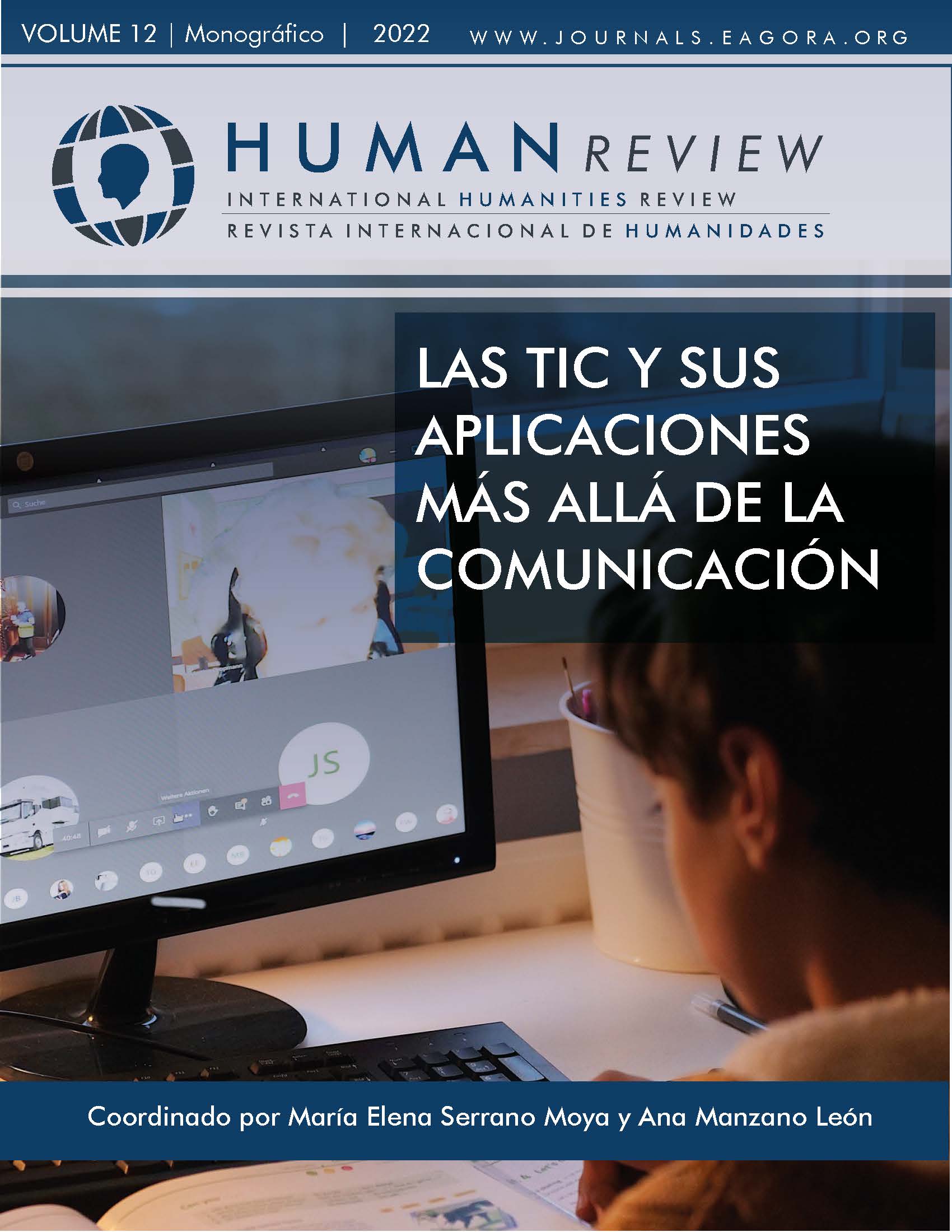Teaching experience for the training of university students with the use of Flipped Classroom methodology
Keywords:
Flipped Classroom, Inverted Classroom, Quality, Methodology, Motivation, Satisfaction, UniversityAbstract
This paper focuses on the analysis of university students’ perception of the use of the Flipped Classroom methodology. The results obtained from a teaching experience based on its use will be analysed, focusing, among other aspects, on student satisfaction, understanding of knowledge and acquisition of skills, the degree of involvement of teachers and students, as well as the perceived advantages and disadvantages. The results obtained show, among other benefits, the perception of an improvement in the teaching-learning process and an increase in the quality of training and student satisfaction.
References
Barreiro, M. (2018). Propuesta para la introducción del aula invertida en la docencia en economía. Revista Educativa Hekademos, 24, (XI), 52-59. https://dialnet.unirioja.es/servlet/articulo?codigo=6542603
Das, A., Lam, T. K., Thomas, S., Richardson, J., Kam, B. H., Lau, K. H., & Nkhoma, M. Z. (2019). Flipped Classroom pedagogy: Using pre-class videos in an undergratuate business information systems management course. Education & Training, 61(6), 776-794. https://doi.org/10.1108/ET-06-2018-0133
Espinel, E. (2021). Percepción de los estudiantes de educación superior sobre la metodología flipped classroom. Revista Digital Conocimiento, Investigación y Educación, 11(1), 1-17. https://ojs.unipamplona.edu.co/ojsviceinves/index.php/cie/article/view/1050
Facultad de Ciencias Económicas y Empresariales (2022). Memoria del Título Verificado. Universidad de Cádiz. https://economicas.uca.es/inf_pca_grad/
González, M., & Abad, E. (2019). El aula invertida: un desafío para la enseñanza universitaria. Virtualidad, Educación y Ciencia, 20(11), 75-91. https://dialnet.unirioja.es/servlet/articulo?codigo=7869090
Hew, K. F., Bai, S., Dawson, P., & Lo, C. K. (2021). Meta-analyses of flipped classroom studies: A review of methodology. Educational Research Review, 33, 100393.
https://doi.org/10.1016/j.edurev.2021.100393
Kotler, P., & Keller, K.L. (2016). Dirección de Marketing. Pearson.
Olvera, W., Gámez, I. E., & Martínez-Castillo, J. (2014). Aula invertida o modelo invertido de aprendizaje: Origen, sustento e implicaciones. En I. Esquivel (Coor.), Los Modelos Tecno-Educativos, revolucionando el aprendizaje del siglo XXI, 143-160. https://bit.ly/3zBFw9o
Låg, T., & Sæle, R. G. (2019). Does the flipped classroom improve student learning and satisfaction? A systematic review and meta-analysis. AERA open, 5(3). DOI: https://doi.org/10.1177/2332858419870489
Prieto, A., Barbarroja, J., Álvarez, S., & Corell, A. (2021). Eficacia del modelo de aula invertida (flipped classroom) en la enseñanza universitaria: una síntesis de las mejores evidencias. Revista de Educación, 391, 149-177.DOI: 10.4438/1988-592X-RE-2021-391-476
Quito, L., Loja, C., & Pallchisaca, S. (2021). El aula invertida como estrategia para la innovación educativa: propuesta de capacitación docente. Ciencia Latina Revista Científica Multidisciplinar, 5(5), 7882-7908. DOI: https://doi.org/10.37811/cl_rcm.v5i5.881
Sousa, S., Peset, M. J., & Muñoz-Sepúlveda, J. A. (2021). La enseñanza híbrida mediante flipped classroom en la educación superior. Revista de Educación, 391, 123-147. DOI: 10.4438/1988-592X-RE-2021-391-473
Yin, H. (2020). Exploring the efectiveness of a Flipped Classroom with student teaching. The e-Journal of Business Education & Scholarship of Teaching, 14(1), 66-78. https://files.eric.ed.gov/fulltext/EJ1276429.pdf
Downloads
Published
Issue
Section
License
All articles are published under an Attribution-NoDerivatives 4.0 International (CC BY-ND 4.0) license. Authors retain copyright over their work.

